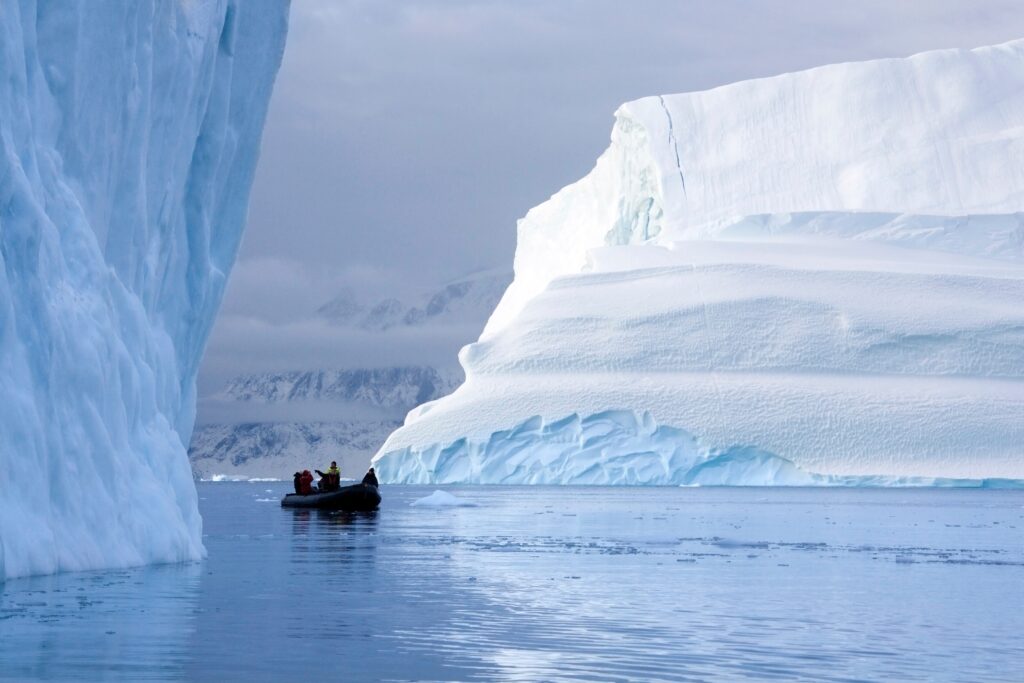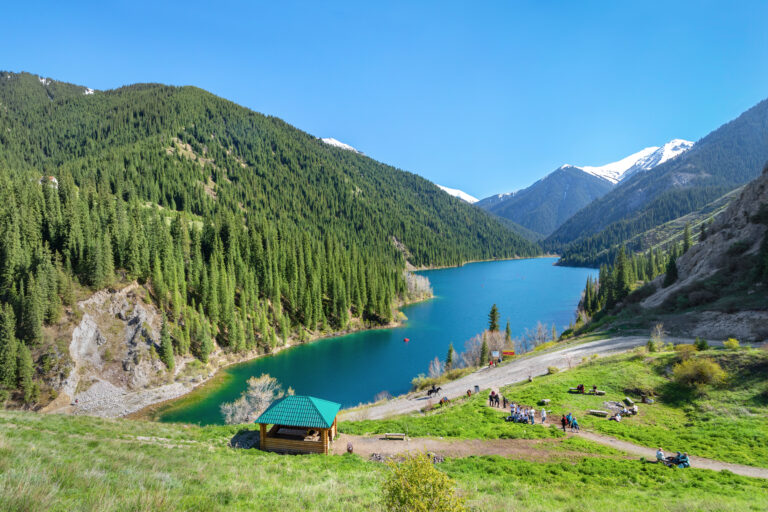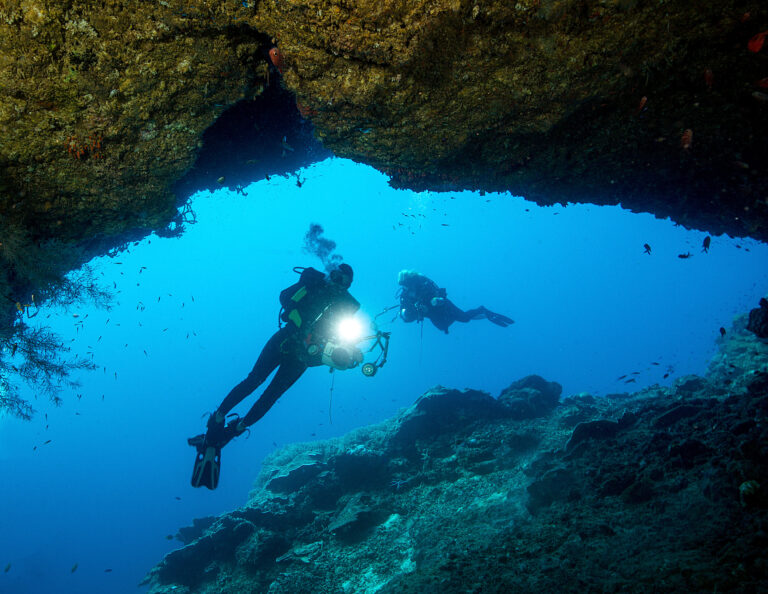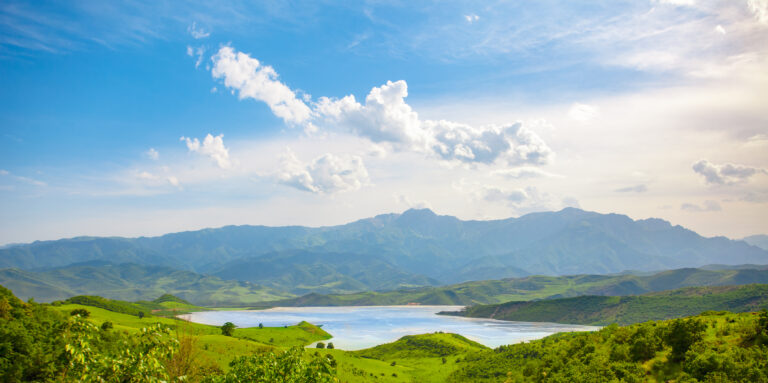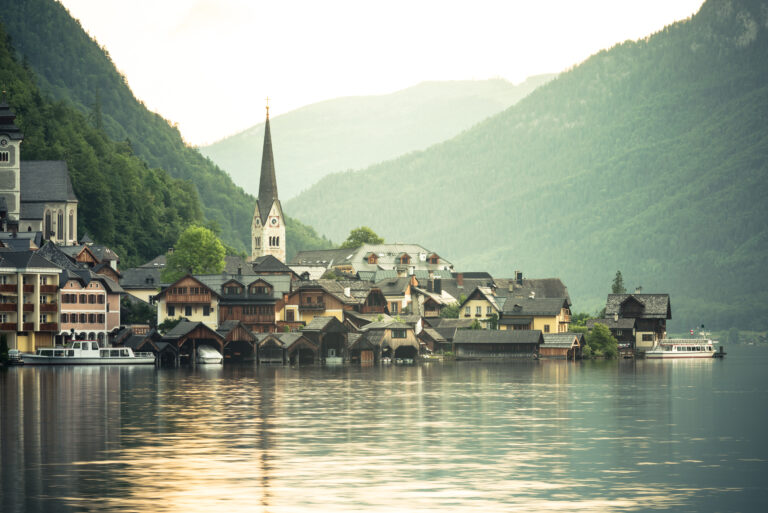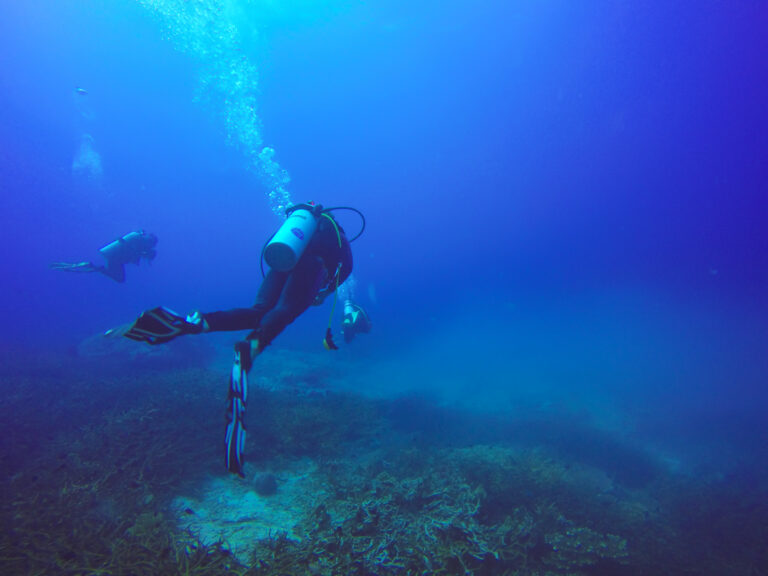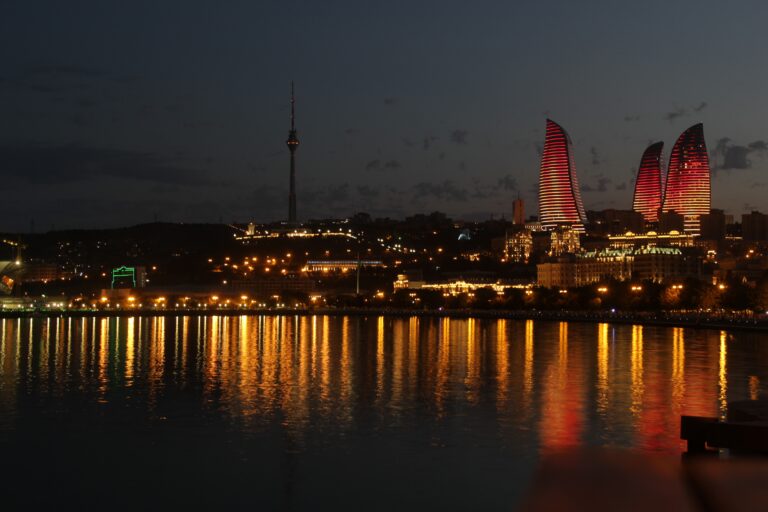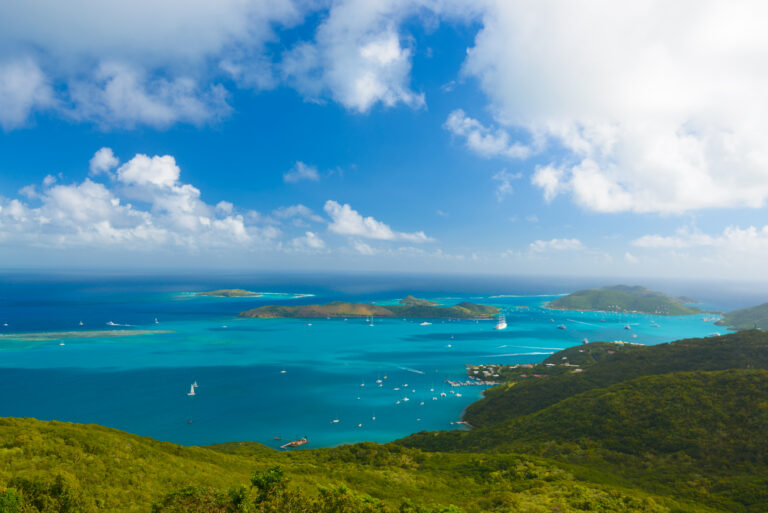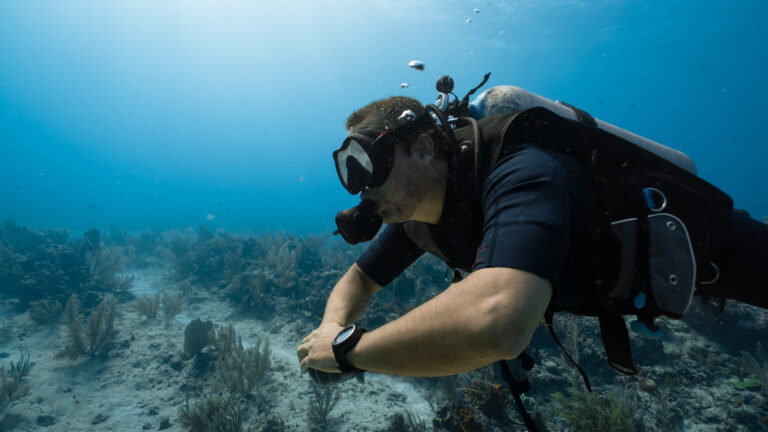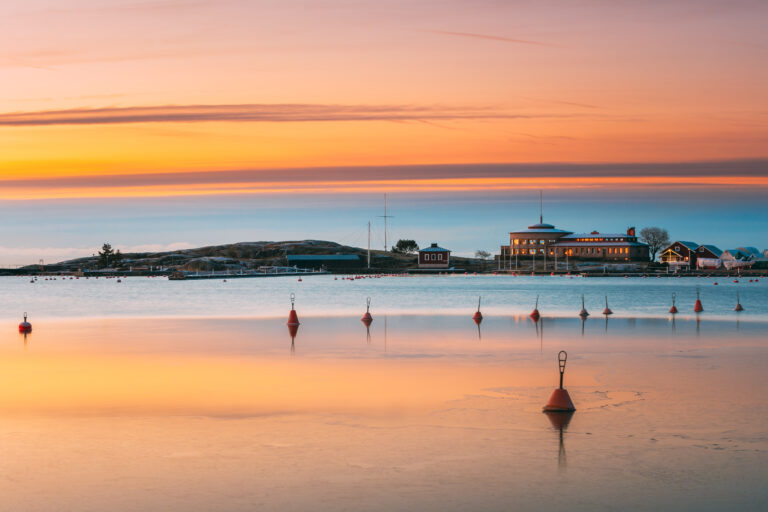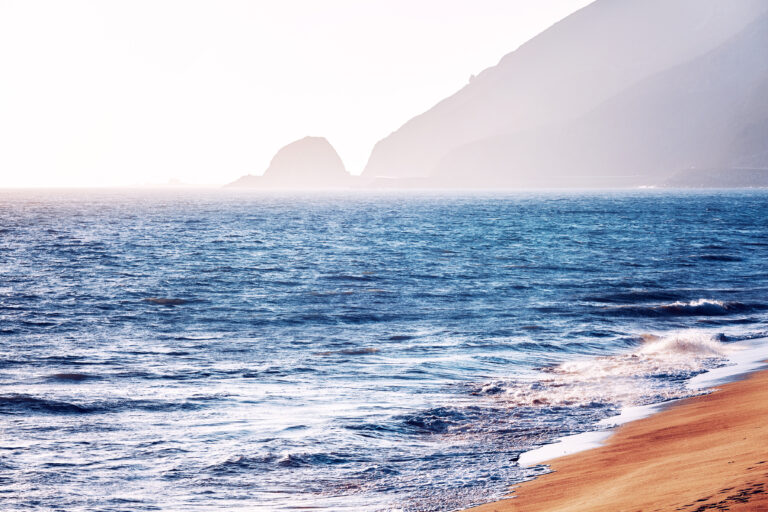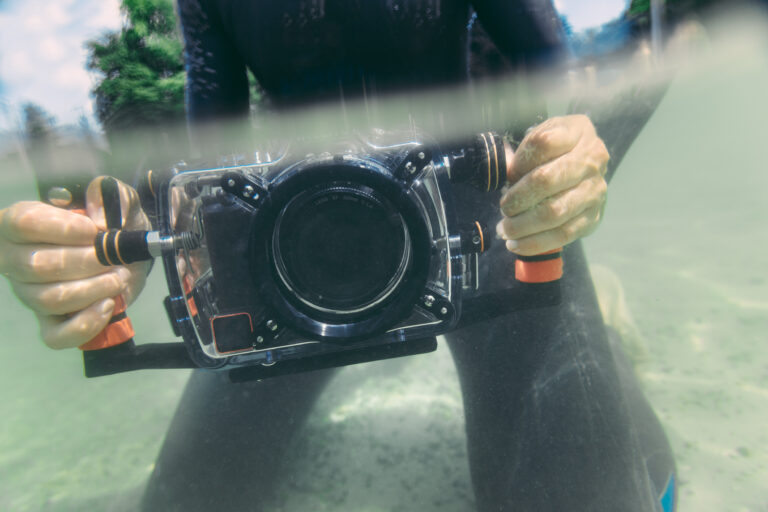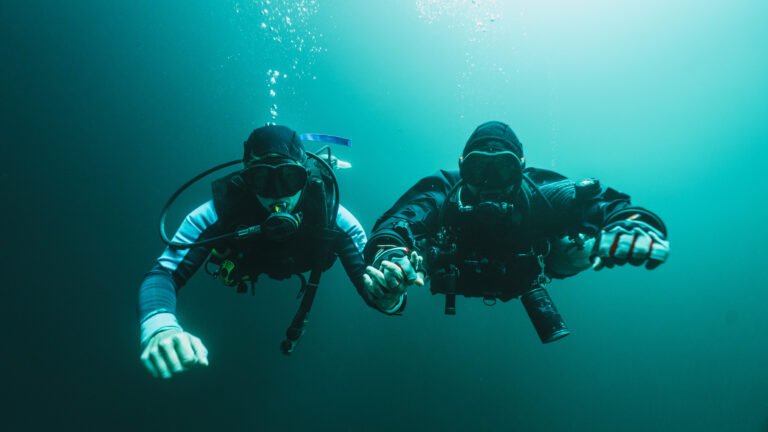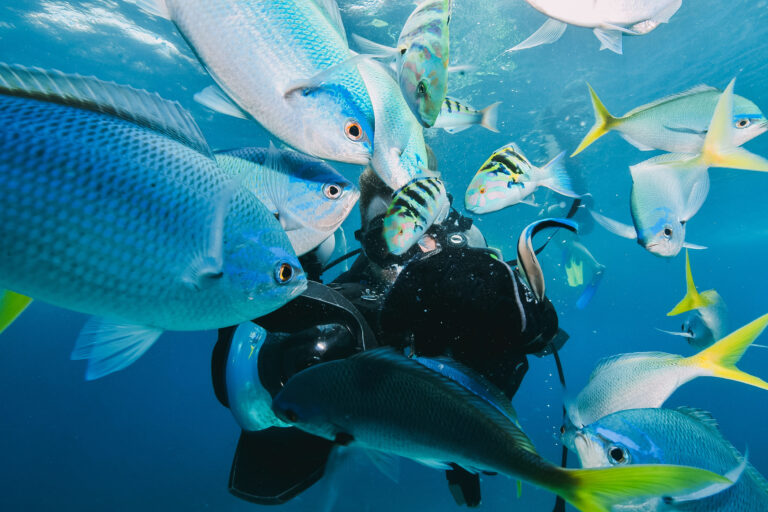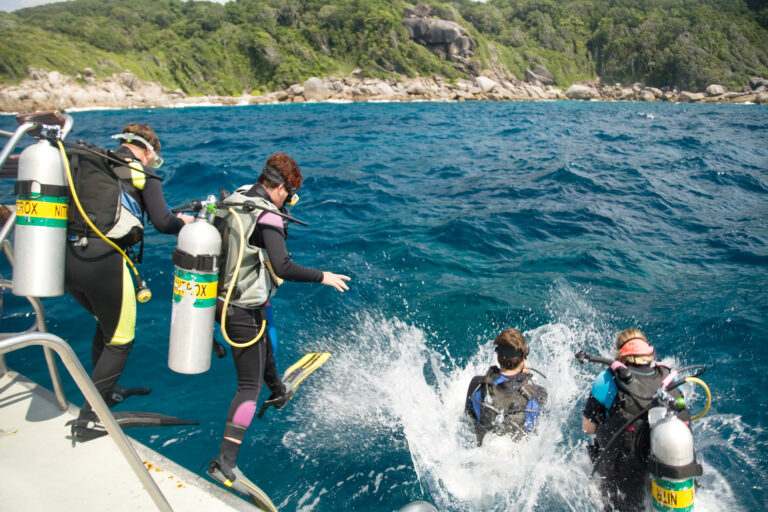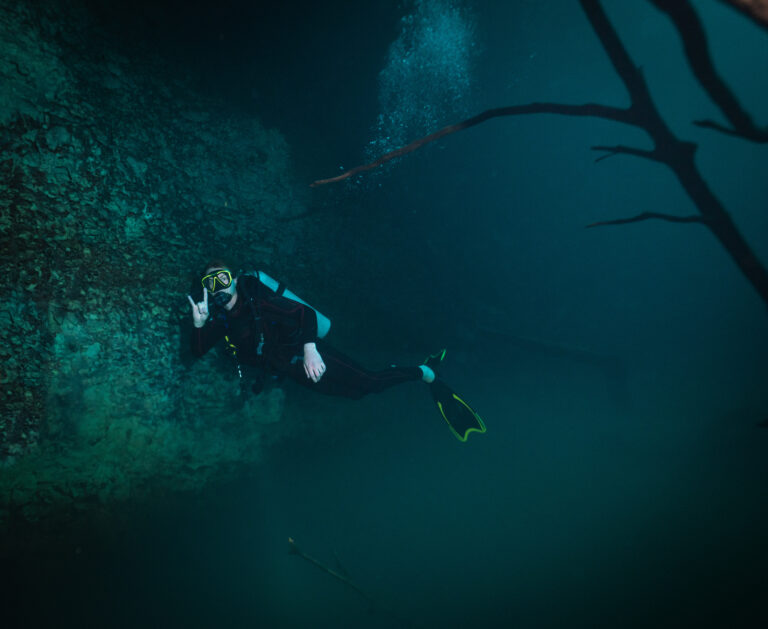SCUBA DIVERS’ TRAVEL GUIDE TO Greenland
Greenland is a land of contrasts, where the frozen Arctic meets the vibrant Atlantic. It is a place where you can dive among majestic icebergs, explore historic shipwrecks, and encounter unique marine life. Diving in Greenland is an adventure like no other, as you discover a world of beauty and mystery under the ocean surface. Whether you want to dive under the ice, drift with the currents, or surf the waves, Greenland has something for every diver. You will be amazed by the diversity of colors and shapes, from the deep glacial-blue of the ice to the bright orange of the sea cucumbers. You will also have the chance to see rare and fascinating creatures, such as catfish, lumpsuckers, and corals. Diving in Greenland is not for the faint-hearted, but for those who seek a challenge and a reward. It is a diving destination that will leave you breathless and inspired.
LOCATION AND GEOGRAPHY
Greenland, the world’s largest non-continental island, is a remote and rugged scuba diving destination that lies predominantly within the Arctic Circle. Its dramatic geography is characterized by massive icebergs, deep fjords, and an expansive ice sheet that covers about 80% of its surface. The island’s sparse population is concentrated along the ice-free, rocky coastline, which stretches over 44,000 kilometers. Diving in Greenland offers a unique experience where the North Atlantic and Arctic oceans converge, creating nutrient-rich waters that support a diverse marine ecosystem. The underwater terrain is as varied as the surface, with divers exploring iceberg-filled bays, steep walls, and the possibility of encountering shipwrecks from centuries past. The cold, clear waters provide exceptional visibility, allowing for an unparalleled view of the Arctic’s underwater wonders, including vibrant soft corals, kelp forests, and a variety of sea creatures adapted to the polar environment.
VISA AND ENTRY REQUIREMENTS
Before embarking on your scuba diving adventure to the icy waters of Greenland, it is crucial to understand the visa and entry requirements. Greenland is an autonomous territory within the Kingdom of Denmark, and although it is not a member of the European Union, it does follow Denmark’s visa policy. Travelers from Nordic countries (Denmark, Finland, Iceland, Norway, and Sweden) can enter without a visa and stay indefinitely. Citizens of the EU, the United States, Canada, Australia, and several other countries can visit without a visa for up to 90 days within a 180-day period. However, if you are not from a visa-exempt country or plan to stay longer, you will need to apply for a Schengen visa through a Danish embassy or consulate, as Greenland is part of the Schengen area for short stays. Keep in mind that even with a Schengen visa, you may need a special permit to stay in Greenland, which can be obtained from the Danish Immigration Service. Always check the latest entry requirements before planning your trip, as policies can change and additional documentation may be required, such as proof of sufficient funds, return tickets, and accommodation arrangements.
GETTING TO Greenland
Getting to Greenland, an otherworldly scuba diving destination, requires some planning as it is not as readily accessible as more traditional dive locations. The primary gateways to Greenland are through flights from Copenhagen, Denmark, or Reykjavik, Iceland, with Air Greenland and Icelandair being the main carriers. These flights typically land in Kangerlussuaq or the capital city of Nuuk, from where you can connect to smaller towns closer to dive sites via domestic flights operated by Air Greenland or Disko Line ferries. During the summer months, there are also occasional cruise ships that visit the island, offering a unique approach to the rugged coastline. Once in Greenland, the remote nature of the diving sites means that you may need to arrange for boat transport or join a guided tour to reach the pristine diving locations. It’s essential to book your travel well in advance, especially considering the limited transportation options and the short window of the peak diving season, which coincides with the milder Greenlandic summer.
BEST TIME TO DIVE
The best time to scuba dive in Greenland is during the summer months, from June to September, when the fjords thaw and the underwater visibility is at its peak, often exceeding 30 meters. During this period, the Arctic waters are surprisingly rich with life, and divers can marvel at the unique interplay of light as the sun casts its rays through the icebergs, creating a mesmerizing underwater spectacle. The summer also brings milder temperatures both above and below the water, although divers should still be prepared for the cold and use appropriate dry suits. It’s worth noting that diving in Greenland is for the adventurous and experienced, as conditions can be challenging, but the rewards of encountering the diverse marine life, from seals to an array of cold-water corals, are truly unparalleled. Keep in mind that weather can be unpredictable, and flexibility in your travel plans is essential to accommodate for the best diving conditions.
ACCOMMODATION OPTIONS
Accommodation options in Greenland cater to a range of preferences, from the rustic charm of local guesthouses to the more luxurious hotels found in larger towns like Nuuk and Ilulissat. For the intrepid scuba diver seeking proximity to the island’s unique underwater experiences, such as diving among icebergs or exploring subaquatic fjords, staying in smaller settlements closer to dive sites is advisable. These accommodations often provide a more authentic Greenlandic experience, with opportunities to engage with local communities and enjoy traditional cuisine. In these remote areas, options may include cozy inns, B&Bs, or even liveaboard boats, which offer the convenience of sleeping directly on the water and waking up each morning ready to dive. It’s essential to book well in advance, especially during the brief summer season when diving conditions are at their best, and to be prepared for the simplicity and limited amenities that come with the remoteness of this stunning Arctic diving destination.
DIVE OPERATORS AND DIVE SHOPS
In the remote and icy waters of Greenland, dive operators and dive shops are few but offer an experience as unique as the destination itself. These specialized establishments are well-equipped to handle the challenges of Arctic diving, providing dry suits and robust gear suited for the frigid temperatures. Knowledgeable local guides, often part of small, family-run businesses, are essential for navigating the iceberg-laden waters and understanding the complex weather patterns. They offer a range of services from ice diving to exploring shipwrecks and vibrant marine life beneath the surface. Due to the limited number of operators, it’s crucial to book well in advance and ensure that they meet safety standards, as Greenland’s diving environment is as unforgiving as it is beautiful. Divers should be prepared for a truly adventurous experience, as these dive shops often double as a gateway to Greenland’s rugged and awe-inspiring underwater world.
TRANSPORTATION WITHIN Greenland
Transportation within Greenland presents unique challenges due to its vast, rugged terrain and limited infrastructure, but it also adds to the adventure of reaching pristine scuba diving locations. The primary mode of long-distance travel is by air, with domestic flights connecting key towns such as Nuuk, Ilulissat, and Qaqortoq. For more remote dive sites, smaller planes and helicopters are often employed. During the summer months, when the ice has receded, boat travel becomes a viable option, offering access to otherwise inaccessible coastal areas and fjords teeming with marine life. In some regions, particularly in the south, it’s possible to arrange for a local guide with a boat to reach specific dive spots. For the intrepid diver, dog sleds and snowmobiles are sometimes used in the winter to traverse the ice-covered landscape. Regardless of the mode of transport, planning ahead is crucial, as weather conditions can quickly change and impact travel schedules. Always ensure that your transportation arrangements are made through reputable providers who prioritize safety and have experience navigating Greenland’s unique environment.
CURRENCY AND PAYMENT METHODS
When planning a scuba diving trip to Greenland, it’s important to note that the local currency is the Danish Krone (DKK). While some larger hotels and tour operators in towns like Nuuk and Ilulissat may accept major credit cards such as Visa and MasterCard, it’s advisable to carry enough local currency for smaller purchases, especially in remote areas where electronic payment options may be limited or non-existent. ATMs are available in larger towns, but can be scarce in more isolated regions. It’s also worth mentioning that Greenland is not a cheap destination, so ensure you budget accordingly for your diving excursions, equipment rentals, and any additional tours. Always check with your dive operator ahead of time to confirm acceptable payment methods and whether any deposits are required in advance. Keep in mind that tipping for good service is appreciated, but not mandatory, and should be done in the local currency.
LANGUAGE AND COMMUNICATION
When embarking on a scuba diving adventure in Greenland, it is important to consider the language and communication nuances of this Arctic destination. The official language is Greenlandic (Kalaallisut), with Danish widely spoken due to the country’s historical ties with Denmark. English is also commonly understood in tourist areas and among diving professionals. However, given the remote and often isolated dive sites, it is advisable to learn basic Greenlandic phrases or Danish greetings as a sign of respect to the local communities. Communication with dive operators should be clear and detailed, as the extreme conditions require precise coordination. It’s also essential to be familiar with standard diving hand signals, which transcend language barriers and ensure safety and understanding between divers of different nationalities beneath the icy waters. Whether conversing with local fishermen about recent sightings or discussing dive plans with your guide, respectful and effective communication will enhance your Greenland diving experience.
LOCAL CULTURE AND ATTRACTIONS
Greenland, the world’s largest island, offers a unique blend of Inuit culture and stark, icy landscapes that are as breathtaking above the water as they are below. When you’re not marveling at the underwater wonders, immerse yourself in the local way of life by visiting small fishing villages where traditional practices are still alive. Engage with the locals and learn about their deep-rooted connection to the sea, their history of hunting on the ice, and their tales of survival in the Arctic. Greenland’s attractions extend beyond its cultural tapestry; the island is a treasure trove of natural beauty. Explore the dramatic fjords, witness the awe-inspiring Northern Lights, and hike to the calving glaciers. The colorful houses of Nuuk, the capital, contrast with the rugged landscape, and the National Museum offers insights into the island’s archaeological and colonial history. Whether it’s through the local cuisine, which heavily features seafood, or by attending a community event with traditional drum dances and throat singing, your experience in Greenland will be as rich and profound as the dives themselves.
CULTURAL ETIQUETTE AND TIPS
When embarking on a scuba diving adventure in Greenland, it is essential to approach the local Inuit culture with respect and sensitivity. The Inuit people have a deep connection with the sea, and it is important to honor their traditions and customs. Always ask for permission before taking photographs of locals or their homes, as privacy is highly valued. When interacting with your Greenlandic hosts or guides, be patient and listen attentively, as directness is often tempered with politeness in their communication style. It’s also courteous to show interest in their way of life and to learn a few phrases in Greenlandic or Danish, which can go a long way in building rapport. Remember to dress modestly when visiting communities, and be mindful of environmental conservation, as the pristine Arctic environment is both delicate and revered. Lastly, tipping is not customary in Greenland, but showing appreciation for exceptional service with a heartfelt thank you is always welcomed.
LOCAL LAWS AND REGULATIONS RELEVANT TO TOURISTS
When planning a scuba diving trip to Greenland, it is crucial to familiarize yourself with local laws and regulations to ensure a safe and lawful experience. Due to Greenland’s unique environment, strict environmental laws are in place to protect its delicate ecosystems. Divers must obtain a permit from the Greenlandic government before engaging in any diving activities, and it is often required to dive with a certified local guide who is familiar with the area’s conditions and regulations. Additionally, interactions with wildlife, particularly with seals and whales, are regulated to prevent disturbance to their natural habitats. It is illegal to remove any historical artifacts or to disturb archaeological sites, many of which are underwater due to the region’s history of Viking and Inuit settlement. Waste disposal regulations are stringent; divers must adhere to a ‘leave no trace’ policy, ensuring that nothing is left behind. As weather conditions can be extreme and change rapidly, compliance with safety regulations issued by local authorities is mandatory, including the use of appropriate cold-water diving gear. Always check for the most current regulations before your trip, as these can change and may vary depending on the specific area of Greenland you plan to visit.
SAFETY TIPS AND EMERGENCY CONTACTS
When planning a scuba diving trip to the icy waters of Greenland, safety must be your paramount concern due to the challenging conditions and remote nature of the destination. It is essential to dive with a reputable, local dive operator who is familiar with the area’s unique environment and can provide you with a comprehensive briefing on local hazards such as hypothermia, strong currents, and ice movement. Ensure that you have the appropriate cold-water diving gear, including a dry suit with proper insulation, and that you are well-trained in its use. Always dive within your certification limits and experience level, and never dive alone. Familiarize yourself with the symptoms of decompression sickness and hypothermia, and know the procedures for managing these conditions. It is crucial to have a dive plan that includes emergency procedures and to carry a means of communication, such as a waterproof VHF radio or satellite phone, especially since cell phone coverage may be unreliable or non-existent. The emergency contact number in Greenland is 112 for immediate assistance. Additionally, it is advisable to have the contact information for the nearest hyperbaric chamber, which may be located at the Dronning Ingrids Hospital in Nuuk, and to ensure that your travel insurance covers medical evacuation and hyperbaric treatment. Always inform someone on land of your dive plan and expected return time. By taking these precautions, you can help ensure a safe and memorable diving experience in the breathtaking underwater landscapes of Greenland.
HEALTH AND TRAVEL INSURANCE
When planning a scuba diving trip to the icy waters of Greenland, it is imperative to secure comprehensive health and travel insurance that covers extreme sports or adventure activities. Given the remote nature of Greenland and the potential for cold water-related injuries or decompression sickness, ensure that your policy includes coverage for medical evacuation and hyperbaric treatment. The nearest decompression chambers may be a significant distance away, and transportation costs can be exorbitant. Additionally, due to the challenging conditions and limited medical facilities within Greenland, it is advisable to have a policy that provides for repatriation in the event of a serious medical emergency. Always carry proof of your insurance and emergency contact numbers with you. Before embarking on your journey, verify that your insurance is valid for travel to Greenland and that it specifically covers scuba diving, as general policies may exclude this activity. Remember, the peace of mind that comes with having the right insurance will allow you to fully immerse yourself in the breathtaking underwater landscapes of Greenland.

